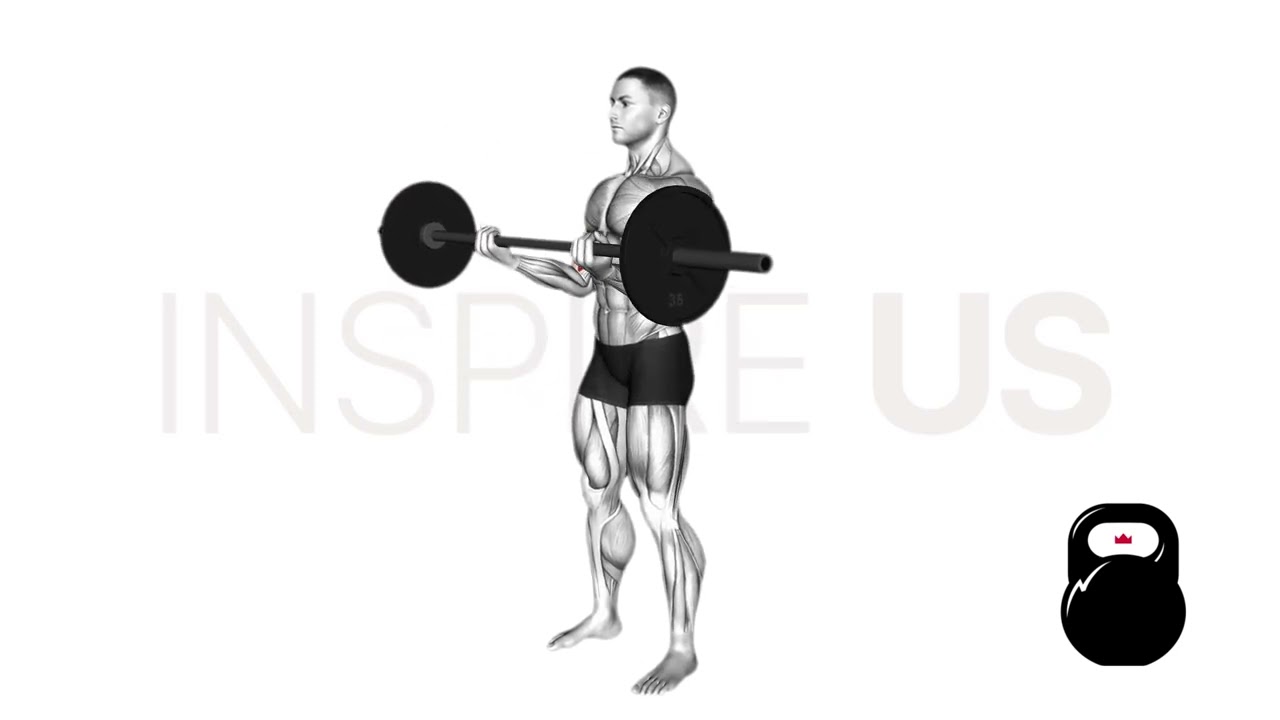Barbell Cheat Curls: Benefits, Muscles Worked, and More
The barbell cheat curl is a controversial exercise where the lifter will move far more weight than they would be able to with a strict curl, all through the use of additional momentum.
Of course, this also greatly increases the risk of injury, and as such it is important to only perform the exercise with prior go-ahead from medical and athletic professionals.
To summarize the exercise as briefly as possible, the barbell cheat curl is an exercise that follows a similar range of motion to strict barbell curls, only with the addition of momentum created by bending the hips and flexing the muscles of the posterior chain - allowing the lifter to curl more weight without their biceps limiting their strength.
What are Barbell Cheat Curls?
In practice, barbell cheat curls are considered to be a multi-joint compound movement due to the inclusion of more than just the biceps within the exercise.
They are primarily performed with straight or EZ-bar barbells so as to maximize resistance used, and are often programmed as an accessory movement during workouts that also involve other biceps exercises.
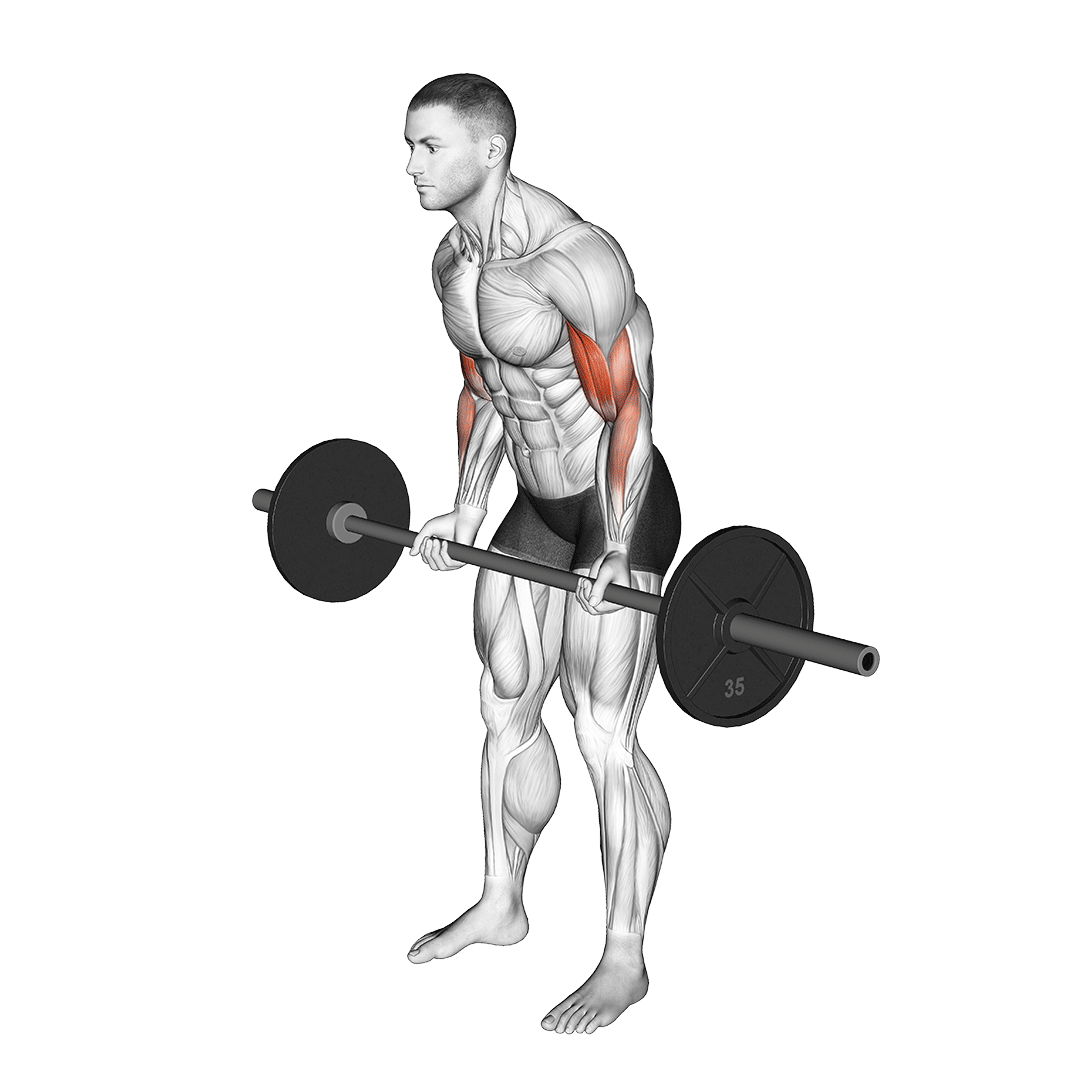
Much of the controversy surrounding cheat curls lies in the inherent safety risks of the exercise - because of the fact that the lifter is quite literally moving far more than the biceps can actually bear, the risks of injuries like bicep tears, forearm tendinopathy or elbow flexion issues is relatively high.
Of course, there would not be any controversy if the cheat curl did not have its own merits as well - and many individuals argue that the barbell cheat curl is safe if performed correctly, and with moderation and temperance kept in mind.
Who Should do Barbell Cheat Curls?
Barbell cheat curls are better left for lifters of at least an intermediate level of familiarity with resistance training, if not an advanced one.
Lifters with a history of injury or those who have yet to fully condition their body towards the rigors of resistance training may wish to avoid the cheat curl altogether, and try out different bicep curl variations instead.
How to do Barbell Cheat Curls Correctly
Performing barbell cheat curls with proper form is absolutely crucial, and time should be taken to ingrain said form into the lifter’s muscle memory as much as possible. Lifters new to the cheat curl should first perform the exercise with an empty bar.
To begin, the lifter will grip a loaded barbell in a supinated grip with their hands set shoulder-width apart and their knees slightly bent as they stand upright.
Bending further at the hips, flexing the core and leaning forward, the lifter will generate momentum with their entire body as they extend the hips and straighten the knees once more, drawing the barbell upwards and bending at the elbows as they do so.
Once the barbell is around shoulder-height, the lifter will slowly lower the bar until they have returned to the original starting position.
It is important to remember that the biceps may play a role in the exercise, but they are not meant to be the sole source of force during the movement.
Doing so will easily overload the biceps, and at least half of the force should be generated from the swinging of the torso and the extension of the hips and knees.
Are Cheat Curls Safe?
Like all exercises, performing cheat curls with poor form, excessive weight or if it is incompatible with the lifter’s physiology will lead to injury.
The main source of concern (as was mentioned previously) is the fact that the biceps are small and not designed to withstand larger loads than they are able to lift, and as such may tear or sprain if forced to contract beyond a safe capacity.
This is mitigated during cheat curl performance by including other muscles into the movement pattern of the exercise, with muscles like the deltoids, glutes, trapezius and hamstrings playing a role in helping to mitigate the resistance away from the biceps.
It is important to note that this is quite distinct from simply performing bicep curls with poor form - the latter is uncontrolled, does not follow proper bodily kinetics and is likely done unintentionally, meaning it is far more dangerous than performing the cheat curls exercise.
How are Barbell Cheat Curls Different from Strict Barbell Curls?
Strict barbell curls are distinct from barbell cheat curls in the amount of weight that is being lifted, as well as the actual mechanics of the exercises themselves.
Cheat curls will involve movement from many joints located apart from those of the arms, whereas conventional barbell curls only involve the elbows as the sole moving joint - hence the fact that the latter curl is considered to be an isolation exercise, rather than a compound one.
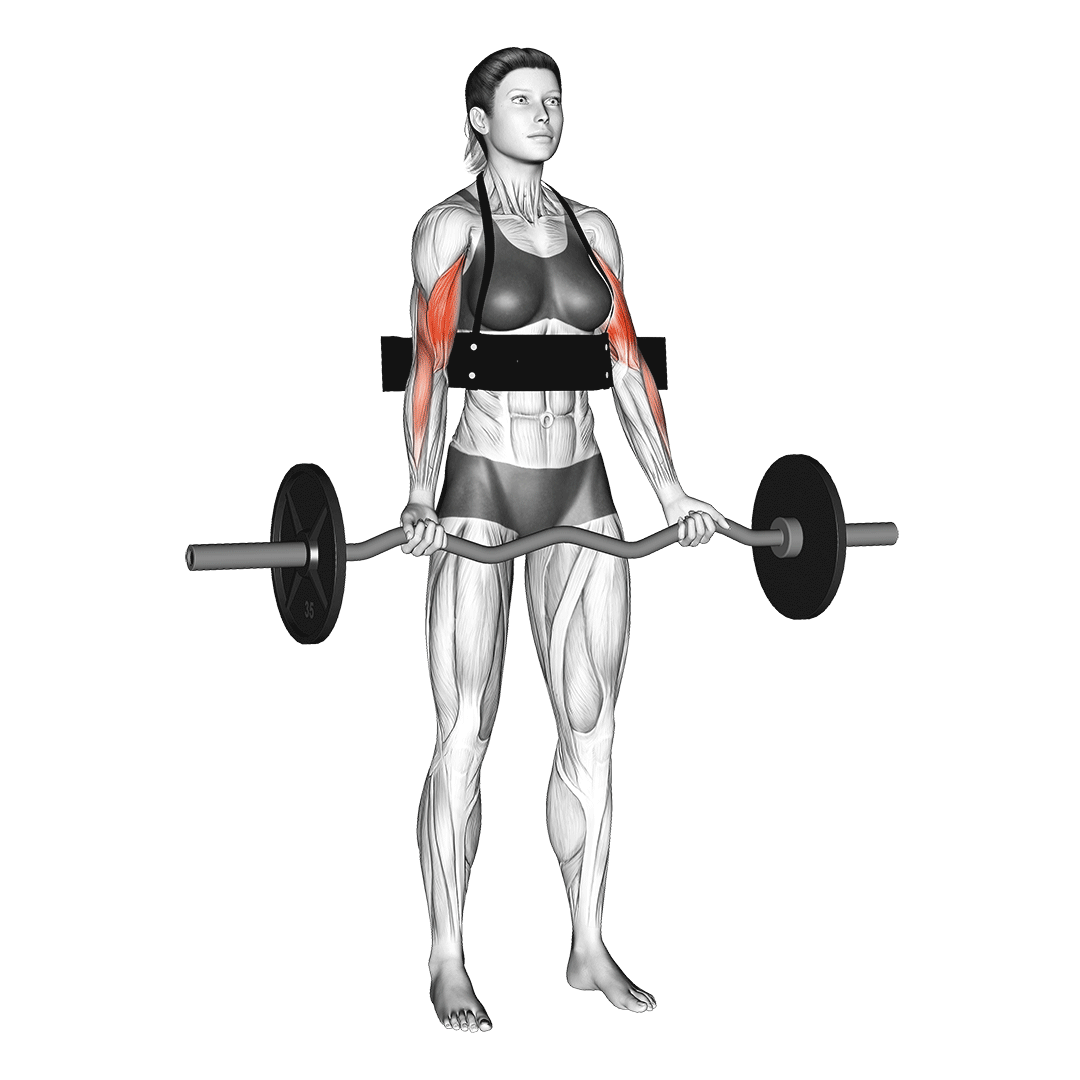
This means that less energy is expended with strict barbell curls, and that the sole focus of the movement is on the biceps brachii alone.
Furthermore, barbell cheat curls will include a rapidly performed concentric portion, meaning that the first half of the movement is performed quickly and with little to no time under tension involved.
While this is not quite conducive to hypertrophy, lifters may make up for such a deficit by stretching out the latter eccentric portion of the movement - provided they do so as carefully and cautiously as possible.
Identifying “Cheating” Barbell Curls from the Barbell Cheat Curl Exercise
One should note that a barbell cheat curl and “cheating” a barbell curl are two different things - the former is an exercise done intentionally, and the latter is considered to be a mistake during strict barbell curl execution.
Cheating a strict curl is often performed in an uncontrolled manner, involving breaks from form adherence like the elbows extending forwards or the torso leaning backwards as the lower back remains unprotected.
This can easily result in injury, and should be avoided as much as possible.
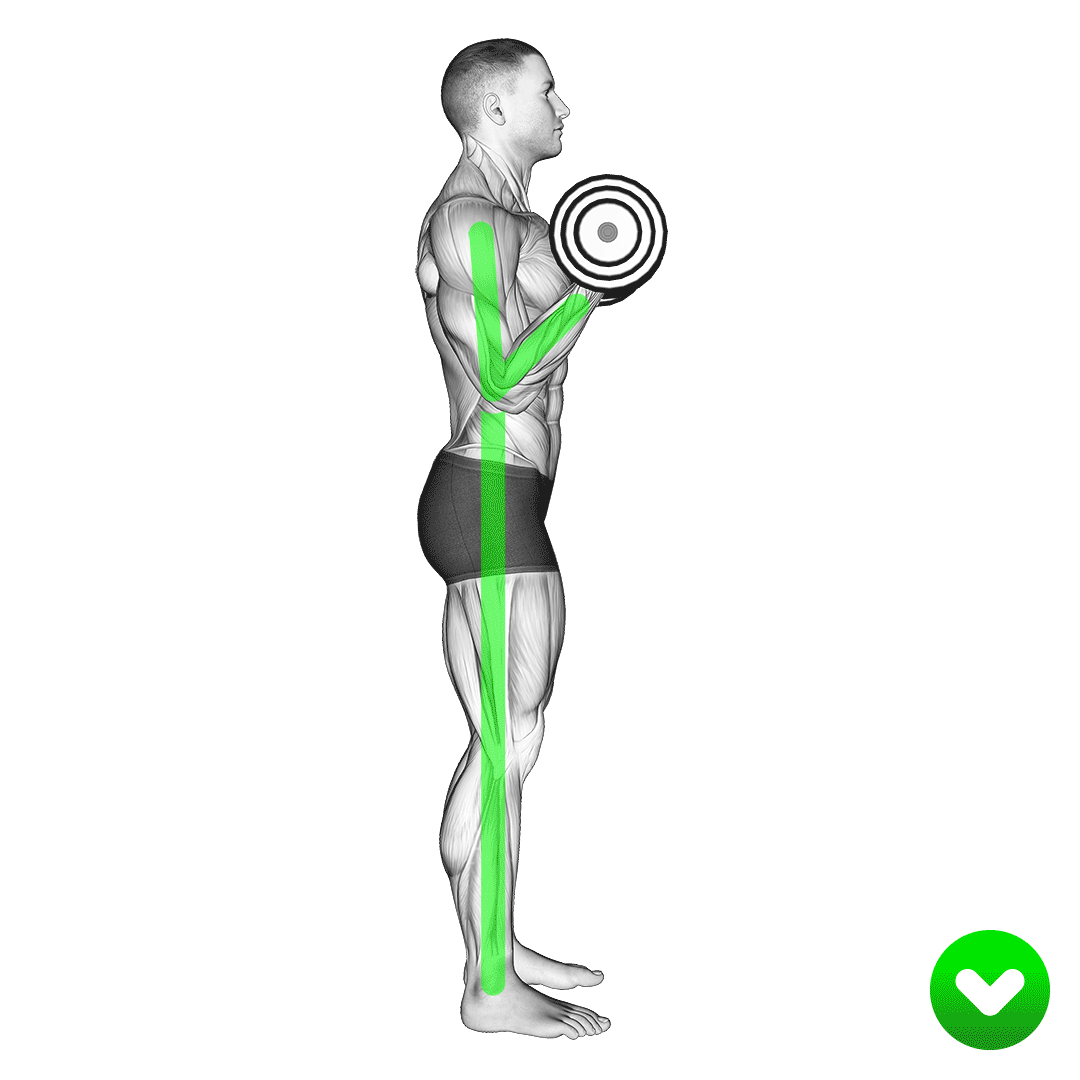
In comparison, barbell cheat curls are performed in such a way that the most vulnerable parts of the body remain protected despite the significant amount of force being generated - and are meant to be done in a mindful manner that is specifically geared towards avoiding injury.
Which Curl is Better?
In truth, the two exercises are incomparable as they are purposed for two distinct training stimuli.
The cheat curl is meant to move high amounts of weight in an explosive manner, whereas strict curls are more focused on isolated time under tension.
Tips for Doing Barbell Cheat Curls Safely
While every form cue of the barbell cheat curl should be followed down to the letter, there are several tips that can help ensure the exercise is performed as safely as possible.
Keep the Core Flexed
Because the cheat curl derives force from more than just the biceps brachii alone, the lower back and core should remain in as advantageous and safe a position as possible.
This is achieved by ensuring that the abdominal muscles are contracted and a core brace is maintained throughout each cheat curl repetition.
Mind the Elbows
Just as is the case with conventional barbell curls, the barbell cheat curl should also involve the elbows being firmly stationary against the sides of the torso.
This helps keep the rest of the arms and shoulders in the correct alignment, and will help ensure that the biceps are not overly taxed during the exercise, despite the significant amount of weight being moved.
Practice Wrist Strengthening Exercises
It is important to keep the wrists in a neutral alignment with the rest of the forearm during barbell cheat curls, as allowing them to enter a state of flexion or extension can unnecessarily strain the many tendons therein.
For lifters struggling to maintain neutral wrists during the exercise, performing wrist strengthening exercises like forearm curls and using hand grippers can be highly beneficial.
Control (Relatively) the Descent
Clearly, the barbell cheat curl is not the sort of exercise that is performed with a lengthy time under tension - however, lifters will also see significant muscular benefit from controlling the eccentric portion of the exercise.
While this does not mean that the lifter should slow down the descent of the barbell to a very slow speed, it does mean that control should be maintained over the downward momentum by contracting the biceps and forearms as the barbell returns to its original position.
Care should be taken not to solely use the biceps in this case, as it may result in tears or sprains if the biceps are forced to bear the entire weight of the barbell in an eccentric movement.
What are the Benefits of Doing Barbell Cheat Curls?
Apart from the usual benefits of performing resistance training, the barbell cheat curl is also useful for achieving a few specific goals that are more difficult to attain with more conventional bicep curl variations.
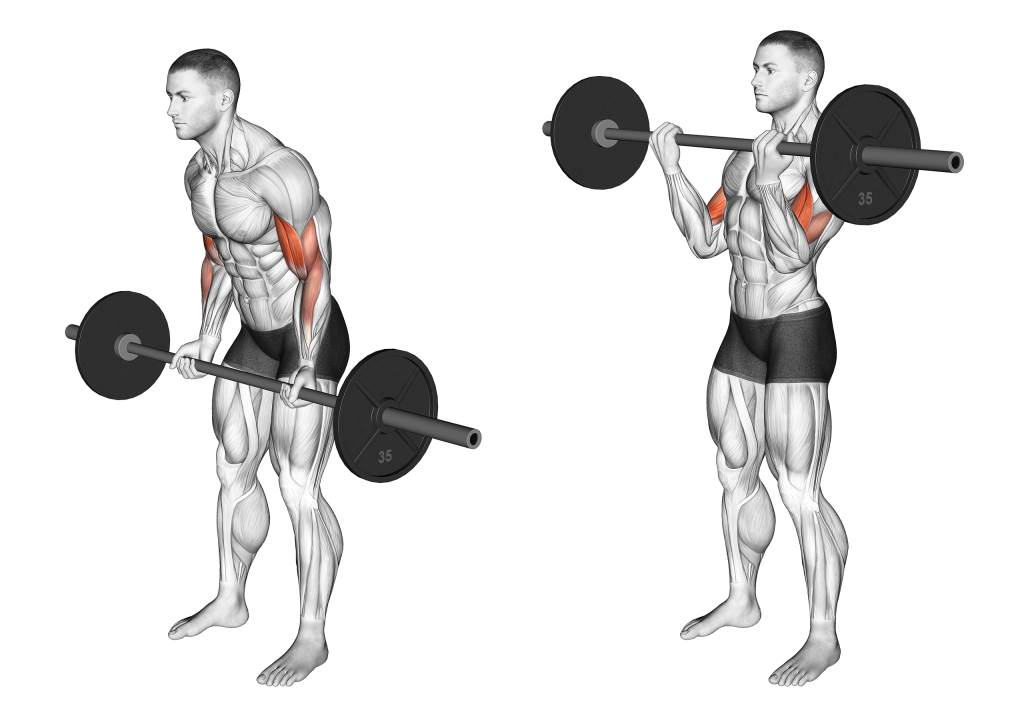
Heaviest Possible Curl
Be it in preparation of a niche sport or for maximizing resistance in the workout, employing the barbell cheat curl can allow lifters to move more weight than most other curl variation exercises - aiding in developing upper body strength and helping them acclimatize themselves to moving heavy objects.
Builds Significant Biceps Mass
Because of the sheer level of intensity involved in each repetition of the barbell cheat curl, lifters seeking greater biceps hypertrophy in their workouts will find that it is one of the best choices for their goals.
Although not quite a biceps isolation exercise, the barbell cheat curl can allow for lifters to create a unique and resistance-driven kind of training stimulus that is excellent for growing biceps mass.
Builds Full-Body Explosiveness
Athletes and weightlifters seeking greater explosiveness in their training may wish to utilize the barbell cheat curl, as it requires rapid force production from the entirety of the body with each repetition.
With regular and careful performance, the barbell cheat curl will result in the lifter physiologically adapting to rapid power output, as well as a better understanding of how to utilize the physical explosiveness that they are capable of outputting.
Mistakes to Avoid When Doing Cheat Curls
Form is all the more important when performing barbell cheat curls, and as such even the most common and minor of mistakes should be rectified so as to avoid injuring the lifter.
The following are the most common mistakes seen when performing a barbell cheat curl:
Performing the Exercise as a Novice Lifter
As mentioned previously in this article, the barbell cheat curl is considered to be an advanced exercise that requires a level of technical skill and physical conditioning unlikely to be present in those new to weightlifting.
If the lifter has only been performing resistance exercises for a few months - or if they are just returning to training after some time off - then it is best to perform other curl variation exercises, rather than the barbell cheat curl.
Detaching the Elbows
In a similar case to many other bicep curl exercises, the barbell cheat curl involves the lifter keeping their elbows firmly in place to the sides of the torso, with as little movement as possible taking place therein.
Allowing the elbows to “float” or otherwise move during the exercise can place unneeded stress on the joint and the rest of the arm, as well as shift a significant amount of the weight towards the deltoids, rather than the biceps.
Wrist Flexion or Extension
Maintaining proper wrist orientation during the barbell cheat curl is especially important, considering the amount of weight being moved during the exercise.
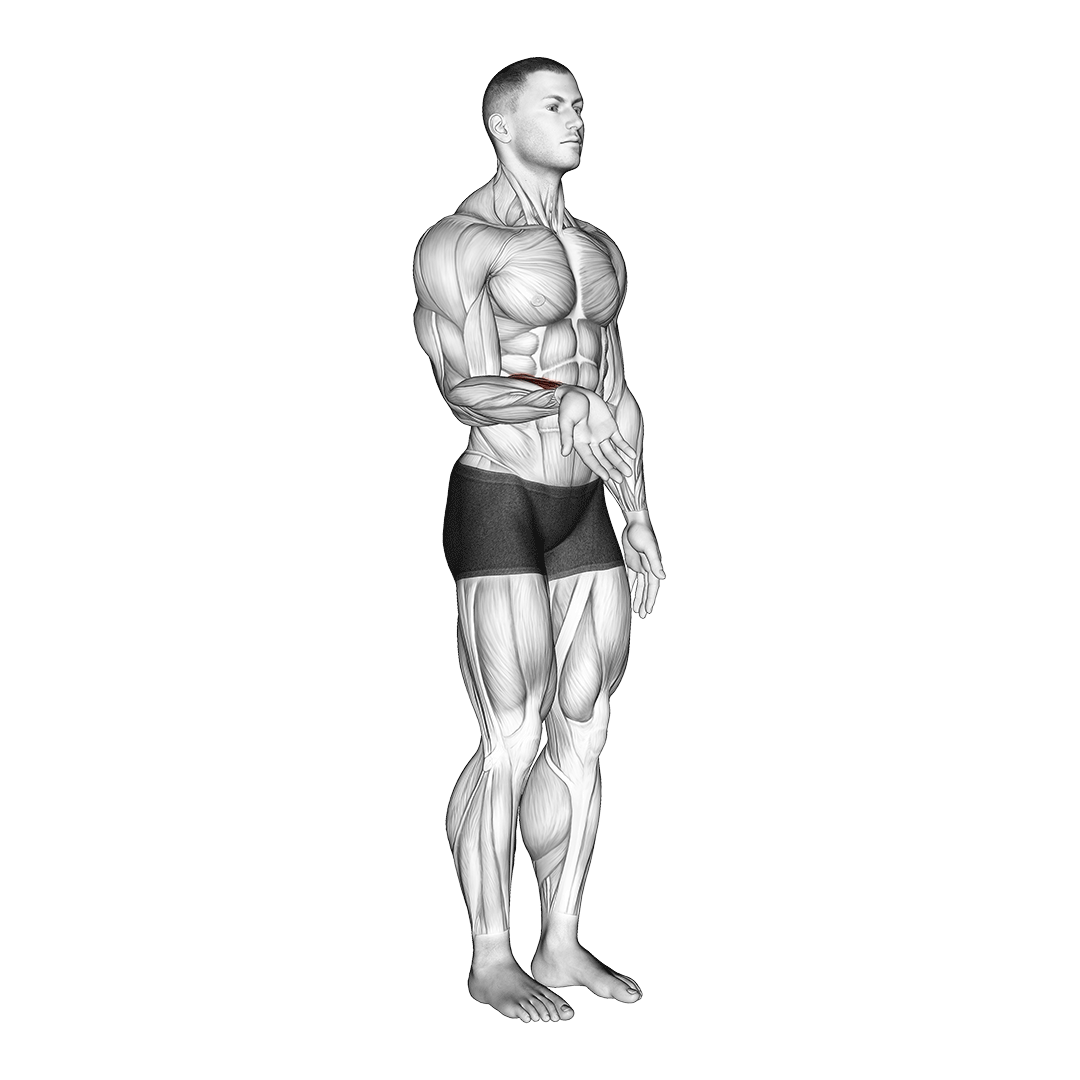
If the lifter’s wrists begin to enter a state of extension or flexion at any point during the cheat curl, the risk of injury significantly increases as the delicate tissues of the hands and forearms are placed in a disadvantageous position.
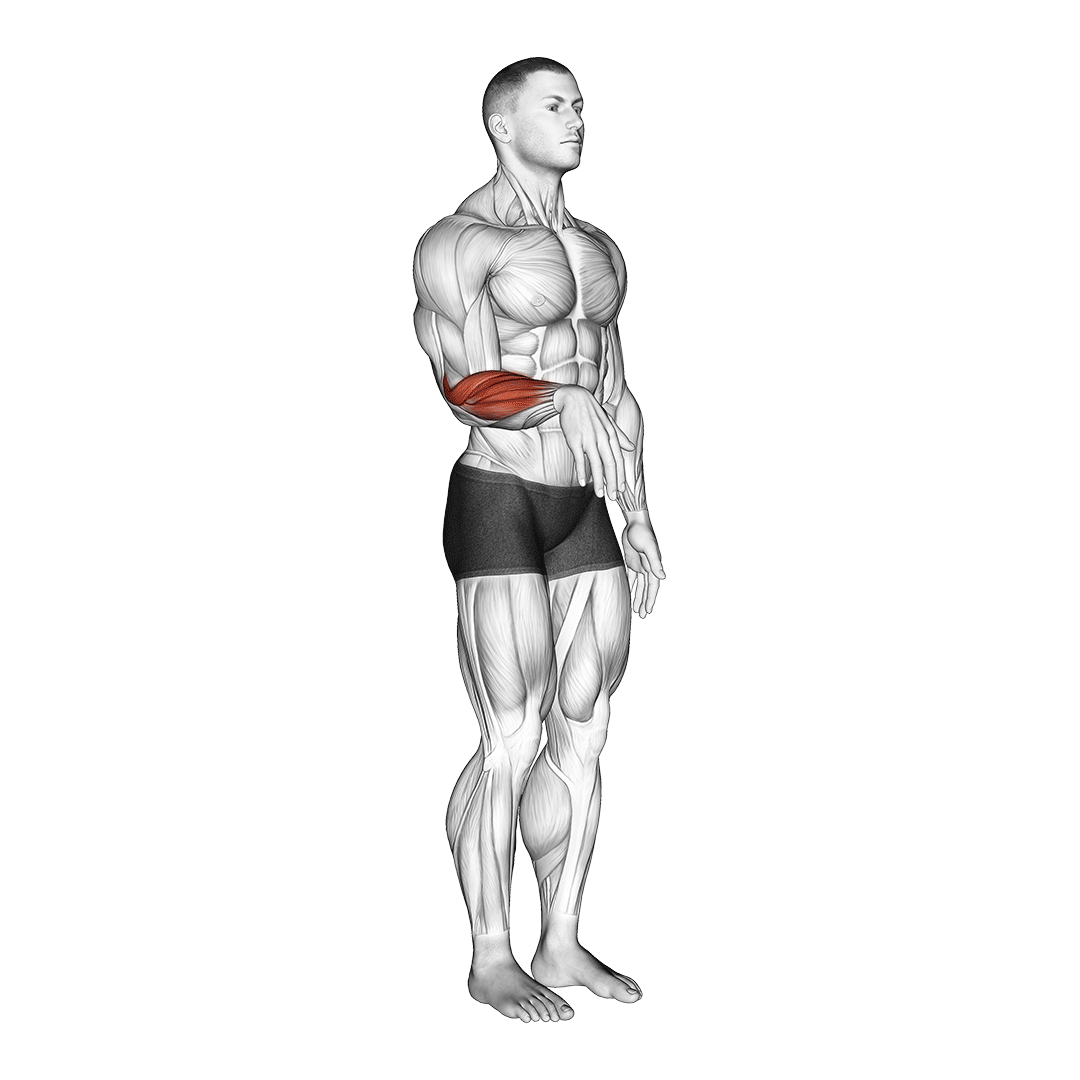
For the safest execution of the barbell cheat curl, the lifter should ensure that their wrists are mobile and strong enough to remain in a neutral orientation throughout each repetition.
Losing Control Over the Weights
Despite the fact that the barbell cheat curl is meant to be performed with significantly greater momentum than other curl exercises, the lifter must nonetheless maintain control over the weight by stabilizing it and ensuring that it follows the correct range of motion.
Because of the significant amount of weight involved, it is best for the lifter to utilize more than just their biceps when doing so - and to first master basic cheat curl form with an empty bar.
Frequently Asked Questions (FAQ)
What do Cheat Curls do?
Cheat curls allow lifters to curl far more weight than they would be able to with a strict barbell curl, thereby maximizing resistance and producing a far more intense exercise in regards to the biceps brachii.
Of course, the cheat curl is considered to also be a more technically complex movement, and as such is unsuitable for individuals who are unprepared for the risks involved.
Are Cheat Curls Good for Growth?
Yes - despite the fact that cheat curls do not isolate the biceps brachii alone, they are nonetheless quite effective at building up strength and mass therein.
What are Cheat Curl Eccentrics?
Cheat curl eccentrics are a variation of the standard cheat curl where the lifter will intentionally slow down the latter half of the repetition, leading to greater hypertrophy but also a somewhat greater risk of injury if far too much weight is being used.
In Conclusion
The barbell cheat curl is an advanced exercise that is uniquely effective when used in the correct manner. So long as the lifter performs it correctly and with due caution, significant biceps growth and athletic carryover may be seen.
References
1. Wilk, M., Zajac, A. & Tufano, J.J. The Influence of Movement Tempo During Resistance Training on Muscular Strength and Hypertrophy Responses: A Review. Sports Med 51, 1629–1650 (2021). https://doi.org/10.1007/s40279-021-01465-2

